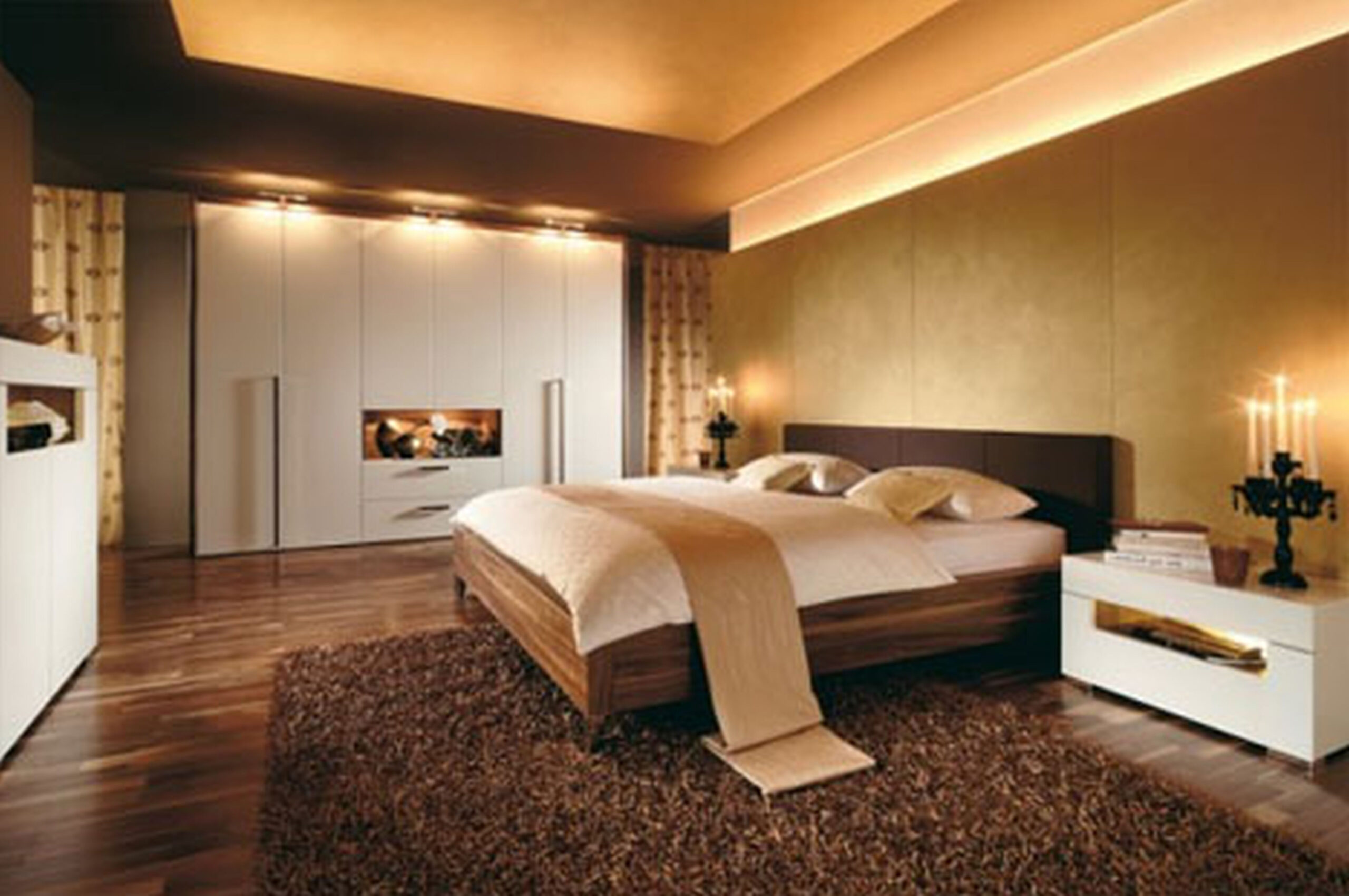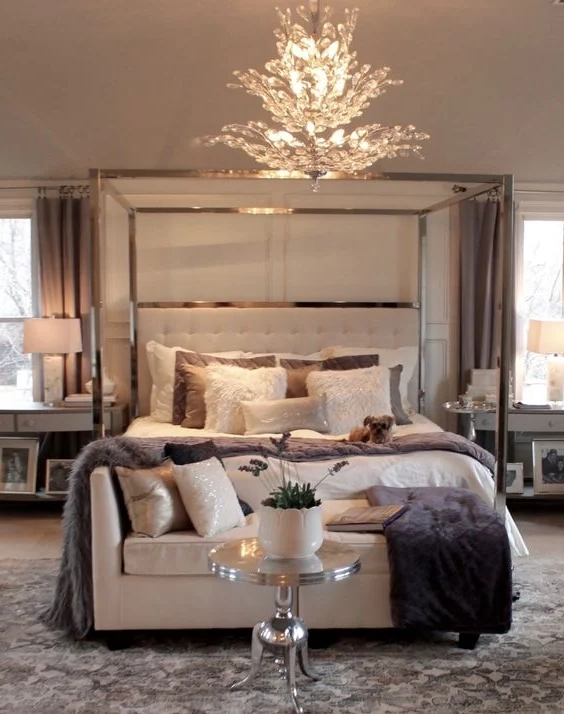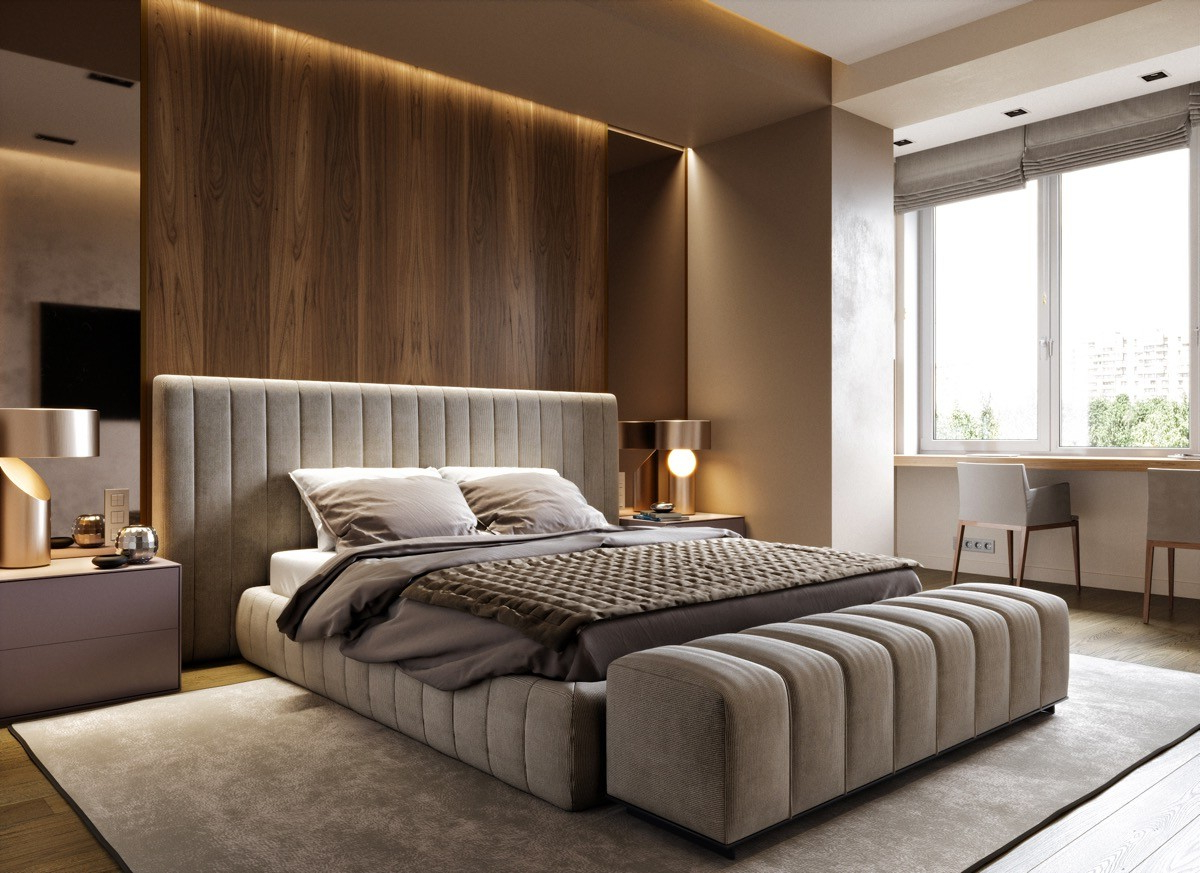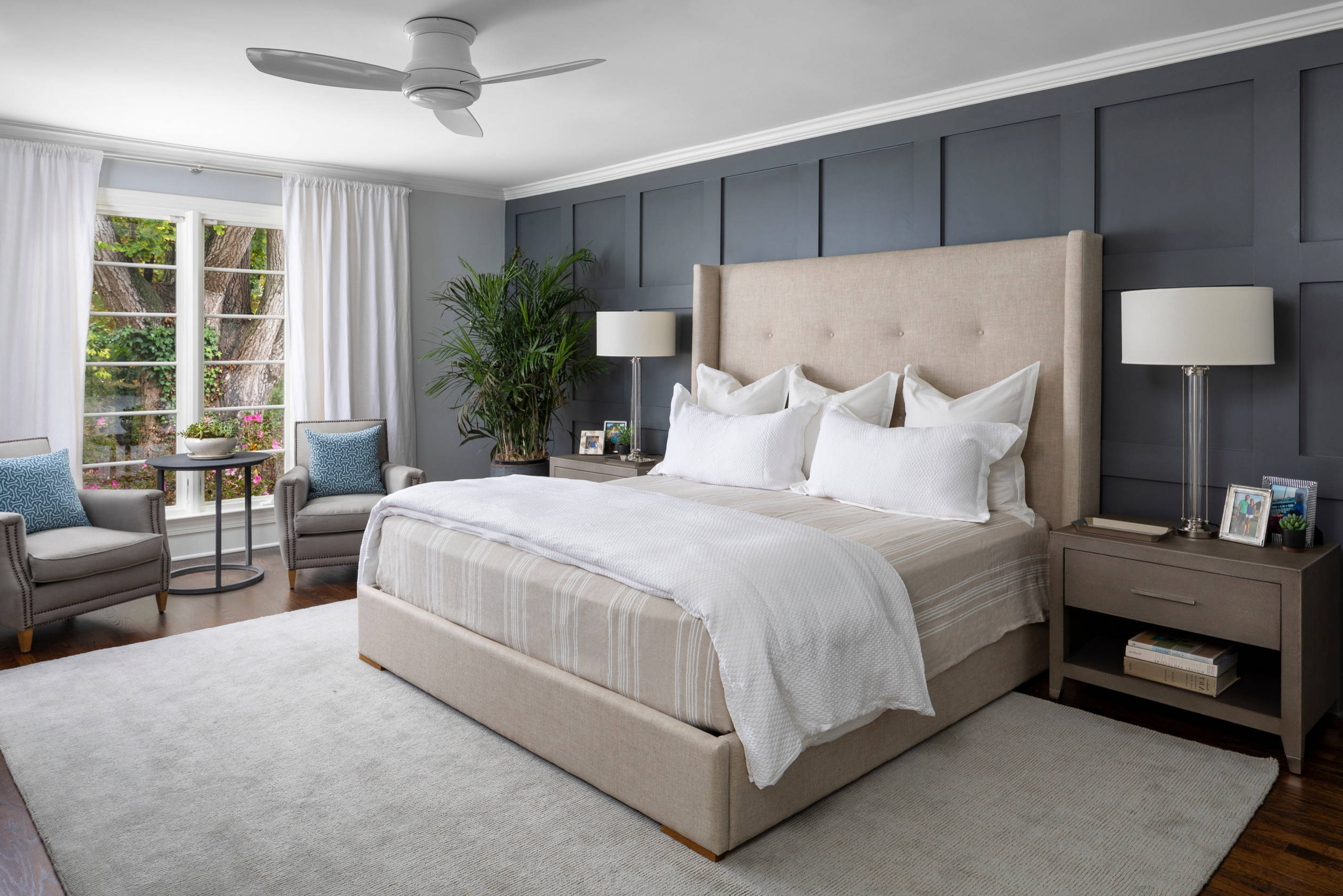We’ve all been there – that moment when you step into your master bedroom and feel overwhelmed by clutter, chaos, and the weight of unfinished tasks. It’s not just about appearances; it’s about creating a space that truly supports your well-being. Whether you’re dealing with piles of clothes, scattered accessories, or simply feeling mentally overloaded, this guide will help you transform your bedroom into a peaceful retreat.
Picture this: You finally come home after a long day, ready to unwind and recharge. But instead of finding comfort in your sanctuary, you’re greeted by a chaotic mess of clothing, forgotten items, and scattered belongings. The energy in the room feels heavy, and even taking off your shoes seems like too much effort. This isn’t just about tidiness – it’s about reclaiming your space and your peace of mind.
The master bedroom is supposed to be your haven, a place where you can let go of the day’s stress and prepare for restorative sleep. Yet many of us find ourselves trapped in a cycle where our bedroom becomes a repository for everything we can’t manage elsewhere. The good news? This situation is completely fixable. With some thoughtful planning and practical strategies, you can turn your bedroom from a source of frustration into a source of calm.
Understanding the Root Causes of Bedroom Chaos
Before diving into solutions, it’s important to understand why bedrooms often become chaotic spaces. Often, the problem stems from a few common patterns:
• Lack of designated storage areas – When there aren’t proper places for items, they end up everywhere
• Overconsumption habits – We buy things we don’t really need, leading to accumulation
• No daily maintenance routine – Small problems grow into major messes over time
• Emotional attachment to possessions – Items hold sentimental value but don’t serve a practical purpose
Think about your own bedroom for a moment. What patterns do you notice? Is there a particular area that always gets messy? Understanding these triggers helps you address the core issues rather than just treating symptoms.
The Foundation of a Peaceful Bedroom
Creating order starts with establishing a solid foundation. Here’s how to build that base:
• Declutter first – Remove everything from your bedroom for a full assessment. Sort items into categories: keep, donate, trash, relocate
• Set realistic goals – Don’t try to tackle everything at once. Focus on one area at a time
• Invest in quality storage solutions – Good organizers are worth the upfront cost because they prevent future chaos
• Create a system – Develop simple rules for how things belong and where they go
The most successful transformations happen when people start with a clean slate. This might mean clearing out entire drawers, boxes of clothes, or even furniture that no longer serves a purpose. It’s hard work, but it’s necessary for lasting change.
Effective Storage Strategies for Every Item
Once you’ve decluttered, it’s time to think strategically about storage. Different items require different approaches:
• Clothing: Use vertical space with tall shelves and hanging organizers. Consider the ‘one in, one out’ rule for new purchases
• Accessories: Designate specific spots for jewelry, watches, and small items. Drawer dividers are game-changers
• Books and papers: Create a dedicated spot with bookcases and filing systems
• Bedding and linens: Keep seasonal items separated and clearly labeled
• Personal care items: Use drawer organizers and bathroom storage to keep things tidy
Think about your daily routine. Where do you typically put things when you come home? Creating logical flow makes it easier to maintain order.
Daily Maintenance Habits That Make a Difference
The secret to long-term organization lies in developing sustainable daily habits:
• The 10-minute tidy-up – Spend 10 minutes each evening putting away items and making your bed
• One-touch rule – Handle items once when you bring them into your bedroom
• Regular cleaning schedule – Set aside time weekly for deeper organization tasks
• Quick check-ins – Do a brief visual scan every morning to catch potential issues early
These small actions compound over time. You’ll find that maintaining order becomes second nature, and the mental burden of chaos disappears. It’s amazing how much better you feel when you know where everything is.
Maximizing Space Without Sacrificing Comfort
Many people worry that organization will make their bedroom feel cramped or sterile. The truth is, smart organization actually enhances comfort:
• Multi-functional furniture – Beds with built-in storage, nightstands that double as desks
• Vertical storage solutions – Wall-mounted shelves and hanging organizers maximize space
• Under-bed storage – Utilize unused space for seasonal items or frequently used items
• Hidden storage options – Boxes and baskets that blend seamlessly with your decor
The key is choosing solutions that complement your existing style rather than fighting against it. Your bedroom should feel like a reflection of your personality while still being functional.
Creating a Personalized System That Works for You
Every person’s needs are different, so your organization approach should reflect your unique lifestyle:
• Consider your sleep habits – If you’re a light sleeper, minimize visual clutter
• Account for your routines – Place items within easy reach based on your daily activities
• Factor in family dynamics – If you share the space, create separate zones or shared systems
• Plan for seasonal changes – Adjust your storage solutions as needs shift
This is where creativity comes in. Maybe you need a special spot for your reading glasses, or perhaps you want to create a meditation corner. Whatever works for your life, make it happen. The best organization system is one you’ll actually stick with.
Long-Term Success Tips for Sustained Order
Maintaining your newly organized space requires ongoing attention and commitment:
• Regular reassessment – Check your systems quarterly to see what’s working and what needs adjustment
• Stay mindful of consumption – Before buying new items, ask if you really need them
• Celebrate progress – Acknowledge the positive changes in your space and mood
• Be flexible – As your life changes, so should your organization approach
Remember, this isn’t a one-time project. It’s an ongoing relationship between you and your space. The more you invest in maintaining your system, the more it will support your well-being and daily happiness.
When to Seek Additional Help
Sometimes, despite your best efforts, organization challenges persist. That’s perfectly normal and okay. Consider these situations where professional help might be beneficial:
• Overwhelming amount of items – If you have thousands of possessions that need sorting
• Emotional barriers – When clutter is tied to deep emotional issues
• Physical limitations – If mobility issues make organization difficult
• Complex family dynamics – When multiple people need to coordinate their systems
Professional organizers offer specialized skills and objectivity that can be invaluable. They bring fresh perspectives and proven methods that might not occur to you. Don’t hesitate to seek help when you need it – it’s a sign of wisdom, not weakness.
Transforming your master bedroom from chaos to calm isn’t just about aesthetics – it’s about creating a space that genuinely supports your health, happiness, and well-being. The journey from cluttered confusion to peaceful order takes time and patience, but the rewards are immeasurable.
Remember, this isn’t about perfection. It’s about finding what works for your lifestyle and sticking with it. Whether you’re tackling one drawer at a time or making major changes to your furniture layout, every step forward matters. Your bedroom should be your refuge, not your stressor.
The key takeaway? Start small, stay consistent, and celebrate your progress along the way. Your future self will thank you for the investment you make today in creating a space that truly serves you.















